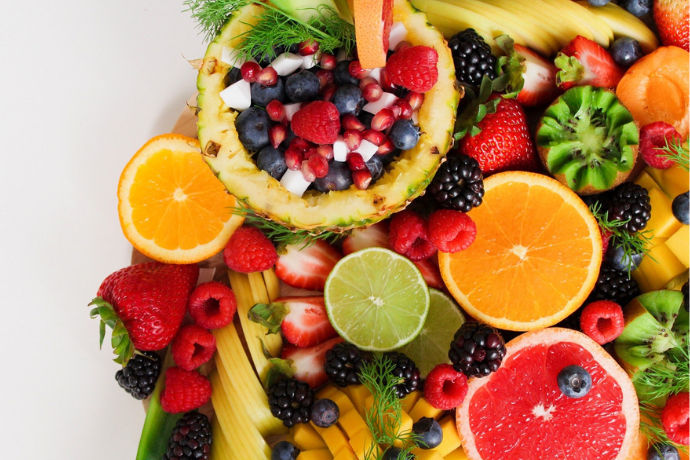
What are we feeding our children at school?
So what are we feeding our children at school? Parents need to take responsibility for the type of food their children are eating, are inclined to and are not eating and/or dislike.
Although at school, it is the school’s responsibility as to what they are offering in the school canteen and what food are they offering as a reward to younger children, parents silence is regarded as an approval of these food items.
We often see children buying junk food from school canteens. The little ones are given sweet treats to keep them happy at school. When parents do not negate these actions, it means that they approve of them.
Many private schools ban fizzy drinks, candies, and processed food. Parents need to support these restrictions at home also.
This is lifelong learning that will go into adulthood as temptations will be everywhere. From a younger age children need to understand what is healthy and what is unhealthy for them.
Children from around the globe are suffering from obesity and hence the risk of diabetes, high blood pressure, high cholesterol levels, are on the rise. Parents and schools must work together to encourage children to make healthier choices and improve their quality of life.
According to research when kids have recess after their lunch break, they try to race through their meal and often end up throwing their food into the trash!
Ways to improve eating habits in children at school:
- Schools can encourage healthy eating by charging less for healthier food items like juices and more for unhealthy options like sodas.
- At bake sales sell candles, gift wraps rather than pizzas and other prepared food items.
- In a polite manner talk to teachers who use candies as a means to reward students and discuss other ways of encouraging students.
- Food items with more than 30% sugar content should be completely banned from school canteens.
- Fresh fruits and fresh juices should be served at school canteens. These can be expensive, however, small quantities can make them affordable. For example, juices can be offered in small packaging. That will make them more appealing to children and also more convenient for the seller as storing fresh juices is difficult. Fruit can be also be sold in small packaging in the form of fruit salad.

You can get some interesting ideas for making healthier food items more attractive to children. Visit http://involvery.com/healthy-snack-ideas-kids/ for some creative ideas.
PDGN (Pakistan Dietary Guidelines for Better Nutrition) claimed that children aged 3-10 often consume milk and milk products and fortified food inadequately and end up lacking in calcium, phosphorus and vitamin D. Adolescents suffer from different issues. Some are underweight while some are obese. Often those from lower-income groups consume food items like pakoras, samosas, potato chips as snacks at home and especially at school canteens thus not eating a healthy diet. The government should take some serious steps to awaken parents and school authorities to improve the eating habits of children from a younger age.

Educationist, researcher, writer and a passionate learner from Islamabad. She has been working as a freelance writer for more than 10 years now. From academic to content writing. Finally, she is doing what she loves; writing for education. You can reach her at editors@educations.pk

